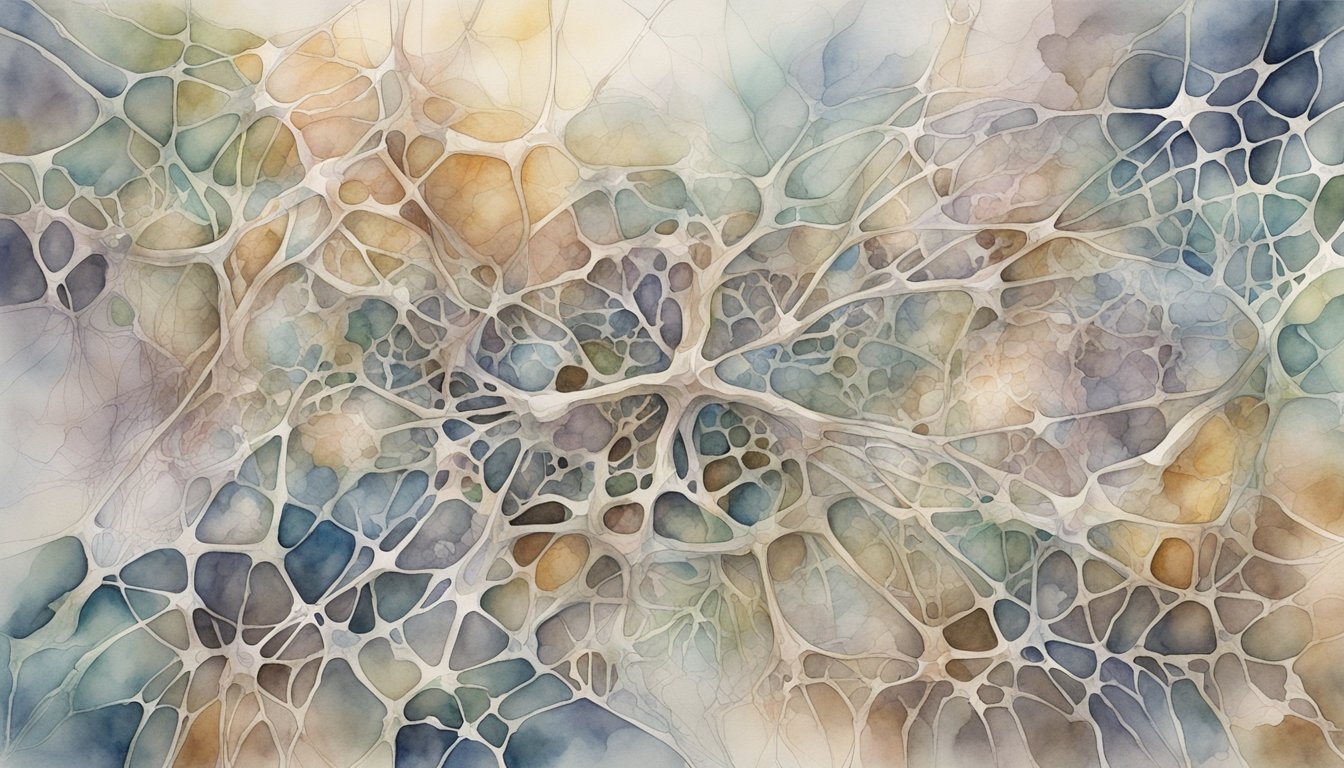Essential Body Systems and Organs
The human body is a complex network of systems and organs that work in unison to support life. Each system is composed of various organs, tissues, and cells, which perform specific functions critical for maintaining health and homeostasis.
Nervous System
The nervous system is pivotal, directing actions and receiving sensory information. It is made up of the central and peripheral systems. The central nervous system consists of the brain and spinal cord, where the brain is further divided into the cerebrum, cerebellum, and brainstem, including the medulla and pons. This system’s intricate network of neurons allows for complex processes such as thought, emotion, and movement.
Circulatory and Cardiovascular Systems
The circulatory and cardiovascular systems are responsible for the flow of blood, nutrients, and other substances like oxygen and carbon dioxide through the body. The heart pumps blood through a network of veins and arteries. The cardiovascular system’s major components include the heart and blood vessels, with the aorta and the aortic valve being critical in regulating blood flow.
Respiratory System
The respiratory system is essential for gas exchange, allowing oxygen to enter the blood and carbon dioxide to be expelled. This system includes the lungs, bronchi, bronchioles, and the diaphragm, which facilitates breathing.
Digestive System
In the digestive system, the mouth, esophagus, stomach, small and large intestines, along with vital organs like the liver and pancreas, play significant roles. This system works together to process food, extract nutrients, and dispose of waste products.
Urinary System
The urinary system helps maintain the body’s mineral balance and removes waste products. It includes the kidneys, which filter the blood, as well as the ureters, urinary bladder, and urethra that transport and store urine before it is excreted from the body.
Endocrine System
The endocrine system comprises glands such as the thyroid, adrenal glands, thymus, and pancreas. It secretes hormones directly into the bloodstream to regulate body functions, including growth, metabolism, and sexual development.
Supportive Structures and Organ Systems

The human body comprises numerous systems working in unison to maintain structure and protection. Among these, certain systems provide support, enable movement, protect delicate organs, defend against pathogens, and facilitate reproduction.
Skeletal System
The skeletal system forms the framework of the body through a complex arrangement of bones connected by joints, ligaments, and cartilage. Its primary function is to support the soft parts of the body and work in concert with the muscles to enable movement. The human skeleton is composed of 206 bones, with the largest being the femur and the smallest the stapes bone in the middle ear. The skull protects the brain and forms the structure of the face, while the vertebrae protect the spinal cord and support the body’s axis.
Muscular System
Muscles are tissues that contract to facilitate body movement. The muscular system includes over 600 muscles, which work with the skeletal system to execute voluntary movements. Each muscle is made up of thousands of elastic muscle fibers that contract in response to nerve signals. This system ranges from the large, powerful muscles in the legs to the tiny muscles that control the eye.
Integumentary System
The integumentary system envelops the body in a protective barrier. This system is comprised of the skin, nails, hair, and glands. Skin is the largest organ of the body, with three layers: the epidermis (outer layer), the dermis (middle layer), and the subcutaneous layer (innermost layer). The skin defends against environmental hazards and helps regulate body temperature.
Lymphatic and Immune Systems
The lymphatic and immune systems consist of a network of lymph vessels that transport lymph fluid, and nodes that filter out harmful substances. The spleen, thymus, and tonsils are key lymphoid organs that help detect and fight infections. These systems work together not only to flush out toxins but also to distribute infection-fighting white blood cells throughout the body.
Reproductive Systems
Diverse yet complementary, the male and female reproductive systems enable the continuation of the species. In females, the ovaries produce eggs and house them until fertilization, while the uterus provides a secure environment for a developing fetus. Male testes produce sperm and seminal fluids. Both systems feature complex hormonal coordination and protective structures, such as the pelvic bones in women, which also aid in childbirth.

